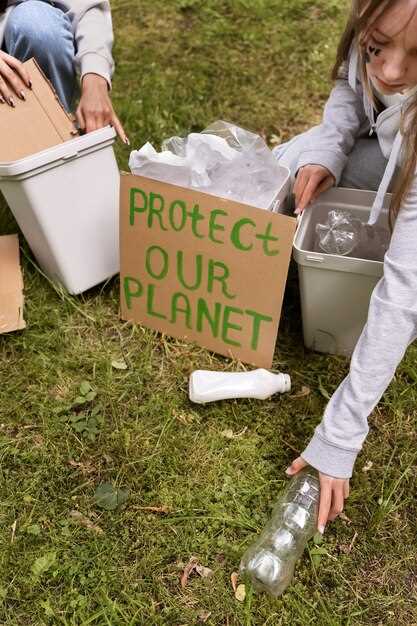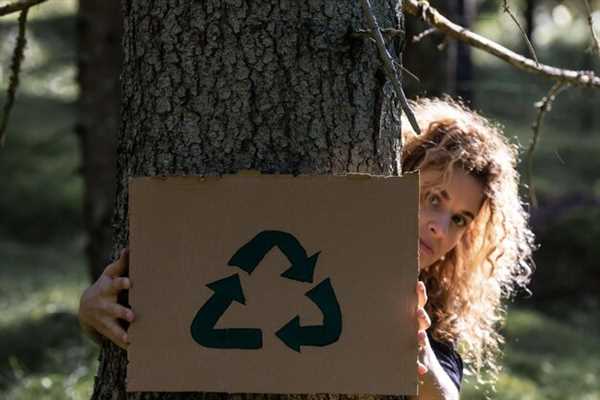
Engaging in the recovery of materials presents a formidable avenue to mitigate ecological degradation. This approach significantly reduces landfill reliance, conserves finite resources, and curtails harmful emissions released during production processes.
Utilizing reclaimed materials not only extends the life cycle of resources but also minimizes energy consumption associated with new product manufacturing. Switching to recycled inputs in various industries can lead to reductions in greenhouse gas outputs by a substantial margin.
Adopting these practices enhances soil and water quality by preventing toxic substances from entering ecosystems. Furthermore, communities can witness economic growth through job creation within the local recovery sector, promoting sustainable livelihoods.
Encouraging participation in these activities can foster a culture of sustainability within society. Focused educational programs can inform individuals and organizations about the long-term value derived from participating in eco-conscious methods, leading to lasting positive impacts on natural surroundings.
Reducing Landfill Waste Through Salvage Techniques

Implementing recovery methods significantly decreases landfill contributions. By reusing materials instead of discarding them, substantial reductions in waste volumes are achievable.
Here are specific strategies to lower landfill impact:
- Identify eco-friendly suppliers that prioritize resource recovery in their production processes.
- Encourage community eco-initiatives focused on material reuse events, such as swap meets or donation drives.
- Utilize local facilities that accept unwanted items instead of throwing them away, ensuring they are repurposed appropriately.
- Educate on separating recyclables from regular waste at home, increasing the efficiency of resource management.
Incorporating these actions creates a sustainable cycle that promotes resource conservation while curtailing landfill burdens. Maintaining awareness about consumption patterns is essential for achieving long-term changes.
Regular audits of waste output provide insights into material recovery opportunities and help optimize disposal processes.
Consider adopting eco-conscious practices for construction and renovation projects, sourcing reclaimed materials to minimize new waste generation.
Engaging businesses in sustainable procurement policies fosters a culture of reuse, contributing to a marked decline in landfill waste.
Impact of Salvage Eco Practices on Resource Conservation
Implementing salvage eco practices can significantly reduce the consumption of raw materials. By employing these methods, industries can reclaim materials that would otherwise contribute to waste. Research indicates that repurposing 1 ton of steel can save approximately 1,100 kg of iron ore, 600 kg of coal, and 50 kg of limestone. Such actions not only lessen the depletion of natural resources but also decrease energy expenditures associated with material extraction and processing.
Moreover, utilizing salvaged components supports local economies by promoting job creation and craftsmanship in reclamation fields. This practice encourages the use of existing resources, decreasing the demand for new products and minimizing ecological footprints.
Transitioning to eco practices encourages businesses to assess their material usage critically, leading to innovative solutions for product design and functionality. The circular economy model, driven by recovery and reuse initiatives, champions both sustainability and resource optimization, reinforcing a product lifecycle approach that keeps materials in use longer.
The implementation of eco-friendly methodologies in salvage operations can lead to reductions in greenhouse gas emissions. It is estimated that recycling 1 ton of paper can save 4,100 kWh of electricity, which translates to a significant drop in carbon emissions. Companies that incorporate these strategies can present measurable impacts in their sustainability reports, enhancing their brand reputation.
Enhancing Soil and Water Quality via Recycled Materials

Utilizing materials repurposed from previous applications can significantly improve soil and water conditions. Incorporating reclaimed organic matter, such as compost, contributes essential nutrients, enhances microbial activity, and improves soil structure. This leads to better water retention and aeration, resulting in more fruitful agricultural practices.
The application of crushed concrete and asphalt can also create permeable surfaces that aid in stormwater management. Utilizing these aggregates prevents erosion and runoff while promoting groundwater recharge. This method actively maintains water quality by filtering contaminants through the recycled layers.
Transitioning from traditional fertilizers to slow-release options derived from industrial byproducts minimizes leaching into water systems. This practice not only conserves soil nutrients but also protects aquatic environments from harmful runoffs, which can lead to algal blooms and decreased oxygen levels in water bodies.
Utilizing recycled materials for land rehabilitation projects also restores degraded sites. The introduction of reclaimed soil and mixed substrates can revitalize barren landscapes, fostering biodiversity and creating sustainable habitats that are resilient to climate change challenges.
Moreover, activities like urban gardening and community agriculture, fortified by these sustainable materials, encourage local food production while simultaneously aiding in waste reduction. By promoting nutrient cycling and enhancing ecosystem functionality, communities can yield both agricultural productivity and ecological integrity.


